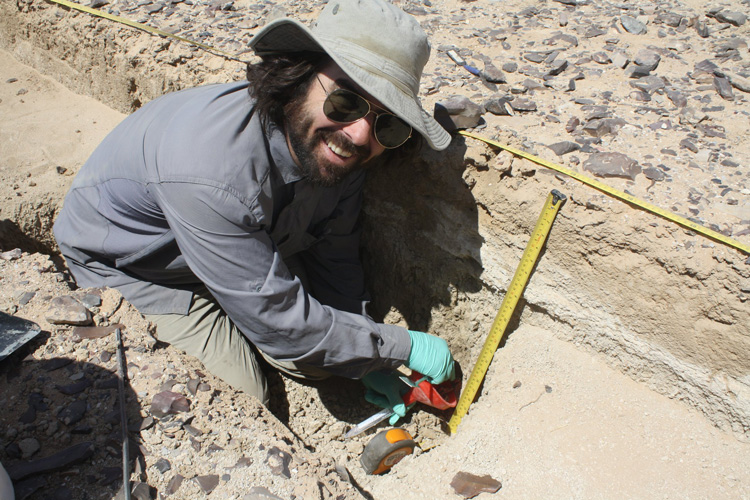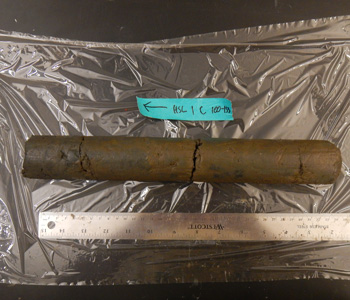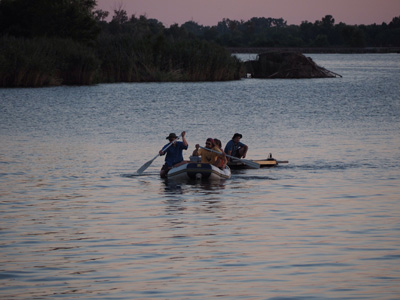What ancient poop reveals about the rise and fall of civilizations

The pre-Columbian city of Cahokia was once among the most populous and bustling settlements north of Mexico. Nestled along the Mississippi River in what is now southern Illinois, its tens of thousands of inhabitants fished, farmed, traded and thrived. But by 1400 A.D., Cahokia’s population had dwindled to virtually nothing.
While theories abound about what happened to the indigenous people of Cahokia, AJ White, a Ph.D. student in anthropology at UC Berkeley, has studied ancient poop samples to connect the city’s 13thcentury population plunge – at least in part – to climate change.
The findings were recently published in the journal Proceedings of the National Academy of Sciences.
“We might think that poop just sort of mysteriously goes away because we have the luxury of plumbing, but to people in the past, it really didn’t. It was present in the landscape,” White says.

“We used microscopic amounts of human poop and built a reconstruction of population changes,” he adds. “The idea is that the more people who were pooping in an area around Cahokia, the more of these molecules they left behind.”
Along with fellow researchers from California State University, Long Beach, the University of Wisconsin-Madison and Northeastern University, White traveled to what is now known as Cahokia Mounds State Historic Site and boated out onto Horseshoe Lake, which would have been a major catchment area for human and other waste.
They dug up core samples of mud that was nearly 10 feet below the lake bed, then gauged the levels of fecal stanols present in the sediment.
Also known as coprostanol, fecal stanols are microscopic molecules that are produced in our gut when we digest food and then excreted in our feces. They can be preserved in ancient layers of sediment for hundreds, if not thousands, of years.
Next, climate scientists measured precipitation levels during that same time period and found evidence of back-to-back floods and droughts that hit the region over several decades. Oxygen density in the sediment indicated low summer rainfall and heavy winter rains.
“We saw that around 1150 A.D., there was a large Mississippi River flood, and that coincided with less summertime rain, practically a drought, which would have severely impacted farming,” White says.

These changes in weather patterns suggest that climate change played a key role in the indigenous Mississippians’ departure from Cahokia.
What can Cahokia’s decline teach us today?
“Back then, climate change occurred mostly from natural processes,” White says. “The people of Cahokia couldn’t control the droughts and floods, and so they had no choice but to leave and change their subsistence strategies.”
But that’s not the case today, with climate change increasingly tied to human activity and at the same time providing us with options that the people of Cahokia didn’t have, White says.
“As wildfires burn out of control, and sea levels rise and threaten to wipe out coastal areas, we can either do nothing, or we can slow down these events by decreasing the amount of carbon dioxide we’re releasing into the atmosphere,” White says.
“But we have to do something,” he adds.
Next, White, along with his adviser, UC Berkeley anthropology professor Lisa Maher, will look for evidence of fecal stanols in the Kharaneh IV archaeological site in Jordan to see if it’s possible that these molecules can be preserved for as long as 20,000 years. And if so, what can they reveal about the people who inhabited the area?
“When you don’t have census or historical records, it’s hard archaeologically to understand ancient demographics,” White says. “That’s when we can turn to ancient poop.”
